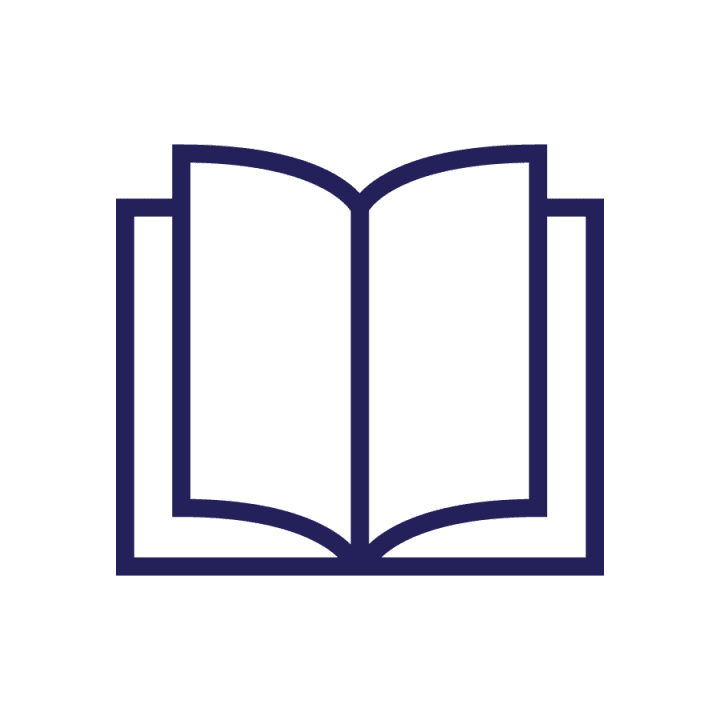A writer of careful grace and lyric language, of impassioned thought and thoughtful deed, Terry Tempest Williams toes the line between the page and the world. “Writing,” she says, “is saying the things we do not want to say.” In other words, it is saying the things we must. Sometimes it is also saying the things we want deeply to say; and sometimes it is circuitous, simply allowing us to figure out what it is we meant to be saying all along. Williams hits every note.
The author of six books, including her latest Finding Beauty in a Broken World, Williams has stuck consistently close to themes of community, conservation, faith, and art. The drive behind her work: a question. Her breakout book Refuge: An Unnatural History of Family and Placedefined her style, presenting the story of the cancer that afflicted her community and family alongside the Great Salt Lake’s flooding of migratory bird refuge wetlands. “In Refuge the question that was burning in me was, ‘How do we find refuge in change?’ With Pieces of White Shell, it was, ‘What stories do we tell that evoke a sense of place?’ And in A Desert Quartet the question that was burning inside me was a very private one: ‘How might we make love to the land?’”
These questions and her personal connection to them are often subjects in and of themselves, and Williams doesn’t shy away from exposing her process. She takes a lesson from Joan Didion’s playbook: “I had better tell you where I am, and why,” Didion wrote at the beginning of In the Islands. “I tell you this not as aimless revelation but because I want you to know, as you read me, precisely who I am and where I am and what is on my mind. I want you to understand exactly what you are getting…” As Williams describes birds as creatures that connect heaven and earth, so she crafts her sentences: darting between fact and emotion, self and community, between what is and what might be.
A bold adventuress, Williams is deeply connected to her home roots of Utah, her Mormon ancestry, and the natural world around her. She has traveled to Alaska and South America for articles on energy conservation and wildlife preservation; she spent years studying Bosch’s painting The Garden of Earthly Delights at Madrid’s Prado Museum for her book Leap; and her recent travels in Rwanda were material for Finding Beauty. Still, she is quick to note the power of staying put. She espouses the practice of observation in all things, at all times; knowing the names and patterns of the things in our immediate vicinity—trees, birds, clouds, neighbors—the things that keep us connected to our communities.
“At the heart of all [Williams’] work—as a writer, a naturalist, and a crusader for protection of the nation’s wilderness…the common theme is restoration: restoring our connection to the land, to the sacred, and to each other,” the Utne Reader said of her. The recipient of a John Simon Guggenheim Fellowship and a Lannan Literary Fellowship in creative nonfiction, she lives with her husband in Castle Valley, Utah, and Wilson, Wyoming.
Excerpt from Finding Beauty in a Broken World (2008)
The procession: They walk. They walk with the memory of the genocide. They walk in remembrance of those who died, their loved ones among them. We walk. We walk with them. It is a river of solemnity winding through the roads of Rwanda.
It is April 7, 2007, the thirteenth anniversary of when Hutu extremists turned simple machetes into sabers of war and filled stadiums with young men whipped into a frenzy, waving their farm tools, crying ‘cockroaches’ and ‘snakes.’ Machete Season. April. May. June. The people walk with their memories. Eyes straight ahead covering familiar ground.
We stop. A particular family is remembered. Here. This house. See the burnt foundation. Still. The names are read. A silence is held. We walk. We remember.
The procession of people gathers in size as men and women and children, the young and the old, enter into the respectful flow of feet walking together to mark the National Day of Mourning. We walk. We stop. We remember. The names are read. The soil is red. A silence is held. We walk and we walk and we walk together. This is storied ground.
Selected Work
Finding Beauty in a Broken World (2008)
The Open Space of Democracy (2004)
Red: Patience and Passion in the Desert (2001)
Leap (2000)
Refuge: An Unnatural History of Family and Place (1991)
An Unspoken Hunger (1994)
Desert Quartet: An Erotic Landscape (1995)
Coyote’s Canyon (1989)
Pieces of White Shell: A Journey to Navajoland (1984)
Children’s Books
Between Cattails (1985)
The Secret Language of Snow (1984)
Links
The Politics of Place: Scott London interviews Terry Tempest Williams
Terrain.org: We Leave Our Doors Wide Open, an interview with Terry Tempest Williams
Video: The Open Space of Democracy
The Progressive: Terry Tempest Williams Interview
Work for The Progressive
